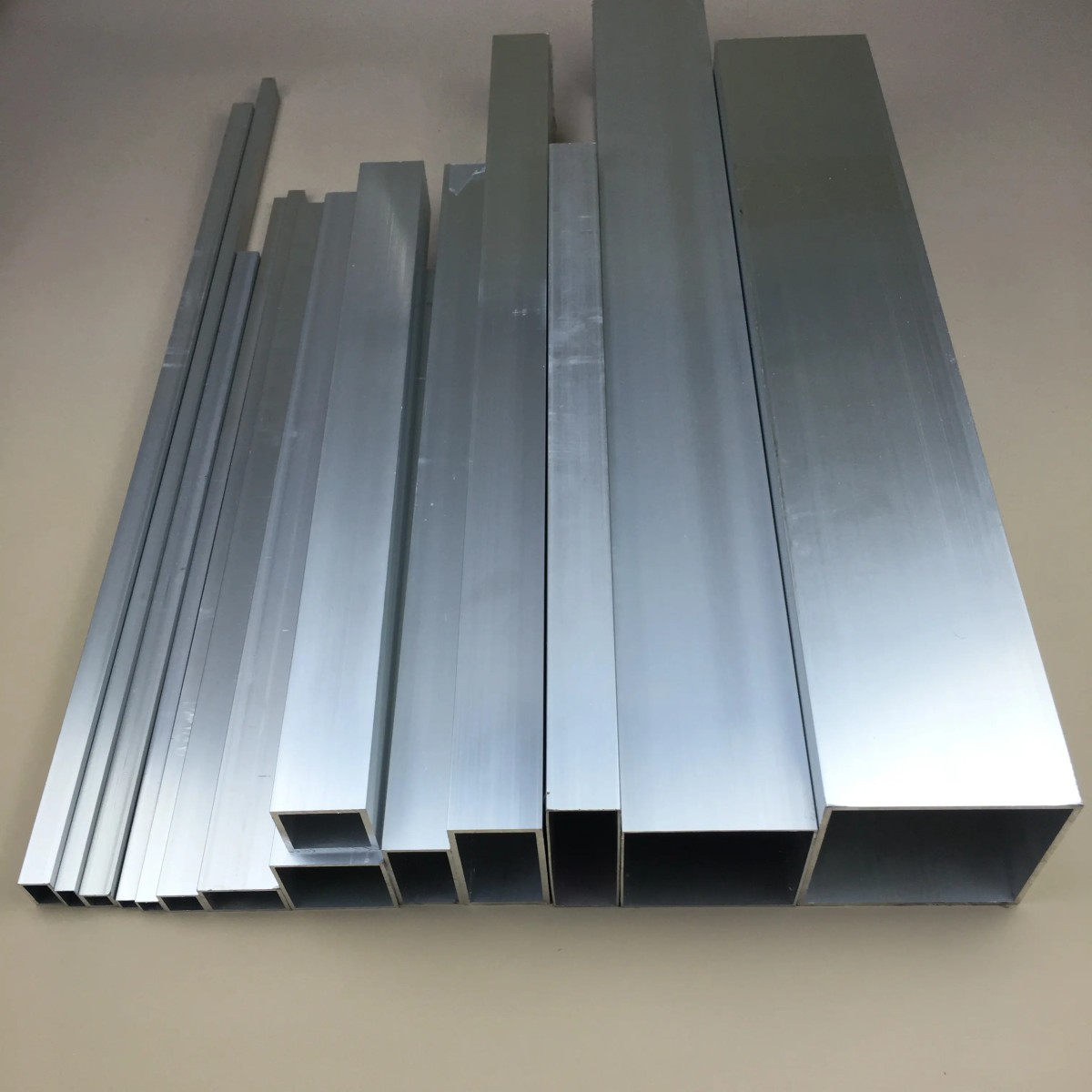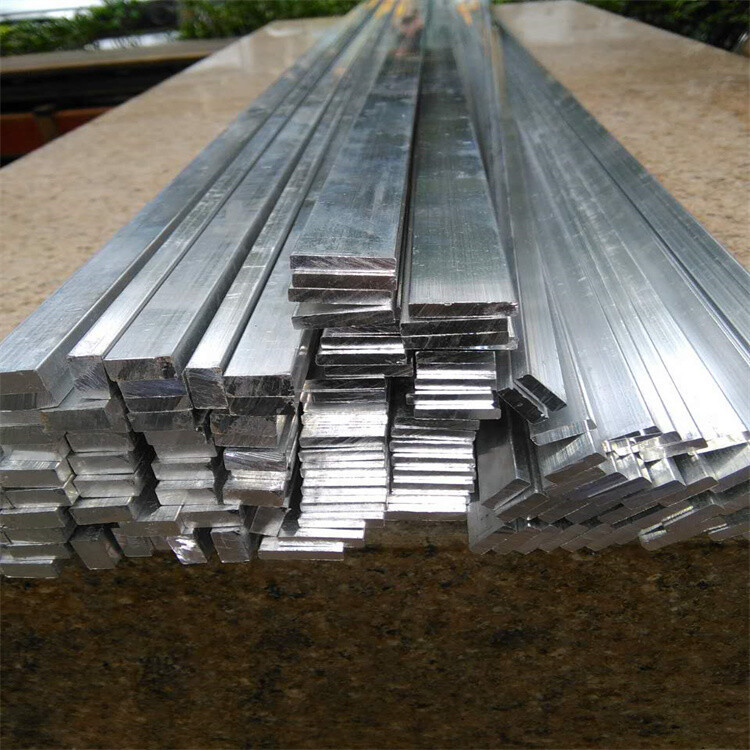Aluminum 4047A is a high-silicon aluminum alloy belonging to the aluminum-silicon alloy (Al-Si). Due to its excellent casting performance, brazing performance and heat resistance, it is widely used in automobile, aerospace, electronics and heat exchanger manufacturing.

1. Chemical Composition
Aluminum 4047A primarily consists of the following elements (Reference Standards: ASTM B179, EN 1706):
Silicon (Si):11.0 - 13.0%.Enhances fluidity, lowers melting point, and improves casting performance.
Aluminum (Al):Balance (~87-89%).Base metal, provides fundamental mechanical properties.
Iron (Fe):≤ 0.8.Impurity, excess amounts reduce ductility.
Copper (Cu):≤ 0.3.Slightly increases strength but affects corrosion resistance.
Manganese (Mn):≤ 0.15.Improves thermal stability.
Zinc (Zn):≤ 0.2.Minor impurity, minimal effect.
Other Impurities:≤ 0.05.Strictly controlled to maintain performance.
Characteristics:
High silicon content (11-13%) provides a low melting point (~577°C) and excellent fluidity, ideal for casting and brazing.
Virtually magnesium-free (Mg), making it non-heat-treatable (unlike 6061, 7075, etc.).
2. Physical and Mechanical Properties
(1) Physical Properties
Density: 2.66 g/cm³
Melting Point (Solidus Line): 577°C
Thermal Expansion Coefficient (20-100°C): 21.8 × 10⁻⁶/°C
Thermal Conductivity: ~160 W/(m·K)
Electrical Conductivity: ~45% IACS
(2) Mechanical Properties (As-Cast State)
Tensile Strength: 130-170 MPa
Yield Strength: ~60-90 MPa
Elongation: 1-3% (Brittle, low ductility)
Hardness: ~50 HB
(3) Characteristics:
Lower strength but excellent heat resistance, making it suitable for high-temperature environments (e.g., engine components).
Low ductility due to high silicon content, unsuitable for cold working (e.g., deep drawing, bending).
3. Major Applications
(1) Brazing Material
Used in aluminum heat exchangers (automotive radiators, air conditioning condensers).
Filler layer for brazing foils (e.g., composite with 3003 aluminum alloy).
Low melting point (577°C) makes it suitable for flame brazing, furnace brazing, and vacuum brazing.
(2) Casting Alloy
Electronic device enclosures
Automotive pistons, cylinder heads
Aerospace components
(3) Other Applications
Welding Filler Material (for MIG/TIG welding of aluminum-silicon alloys).
3D Printing (Additive Manufacturing) (e.g., Selective Laser Melting - SLM).
4. Processing and Heat Treatment
(1) Casting Process
Die Casting: High fluidity makes it ideal for precision parts.
Sand Casting: Suitable for larger components at lower costs.
(2) Brazing Process
Furnace Brazing: Requires flux (e.g., KF-AlF₃).
Vacuum Brazing: Flux-free, suitable for high-cleanliness requirements.
(3) Heat Treatment
Non-heat-treatable (lacks Mg/Cu, unable to undergo aging hardening).
Annealing: 300-400°C, relieves stress and improves workability.
5. Comparison with Similar Aluminum Alloys
(1) 4047A:
Silicon Content:11-13%
Key Characteristics:High-silicon, low melting point, casting & brazing
Typical Applications:Heat exchangers, die-cast components
(2) 4043:
Silicon Content:4.5-6%
Key Characteristics:Welding filler, good crack resistance
Typical Applications:Aluminum alloy welding
(3) 4343:
Silicon Content:6.8-8.2%
Key Characteristics:Brazing cladding layer
Typical Applications:Composite brazing sheets
(4) A356 (Casting):
Silicon Content:6.5-7.5%
Key Characteristics:Heat-treatable
Typical Applications:Automotive wheels, structural parts
6. Advantages and Disadvantages
(1) Advantages:
Superior casting fluidity (suitable for complex parts)
Low melting point, ideal for brazing
Excellent heat resistance and thermal conductivity
Cost-effective and easy to process
(2) Disadvantages:
Lower mechanical strength (non-heat-treatable)
Poor ductility (brittle due to high silicon content)
Susceptible to porosity during welding (requires strict process control)
7. Relevant Standards
Casting Aluminum Alloy Standard: ASTM B179
European Aluminum Casting Standard: EN 1706
Aerospace Brazing Material Standard: AMS 4185
Japanese Industrial Standard: JIS H4047

8. Conclusion
Aluminum 4047A is a high-silicon aluminum alloy primarily used for brazing and casting, with widespread applications in automotive, electronics, and thermal management industries. Its low melting point, high fluidity, and excellent heat resistance make it an ideal choice for heat exchangers and precision-cast components. However, its lower strength and poor ductility make it unsuitable for high-load applications.
We can process this alloy into round bars, plates, round pipes/square pipes, and coils according to your requirements. If you have any inquiries, please feel free to contact us. Our email address is: sale@bolaibao1.com. We look forward to your inquiry!
Get real-time quotes
Interested? Leave your contact details.
